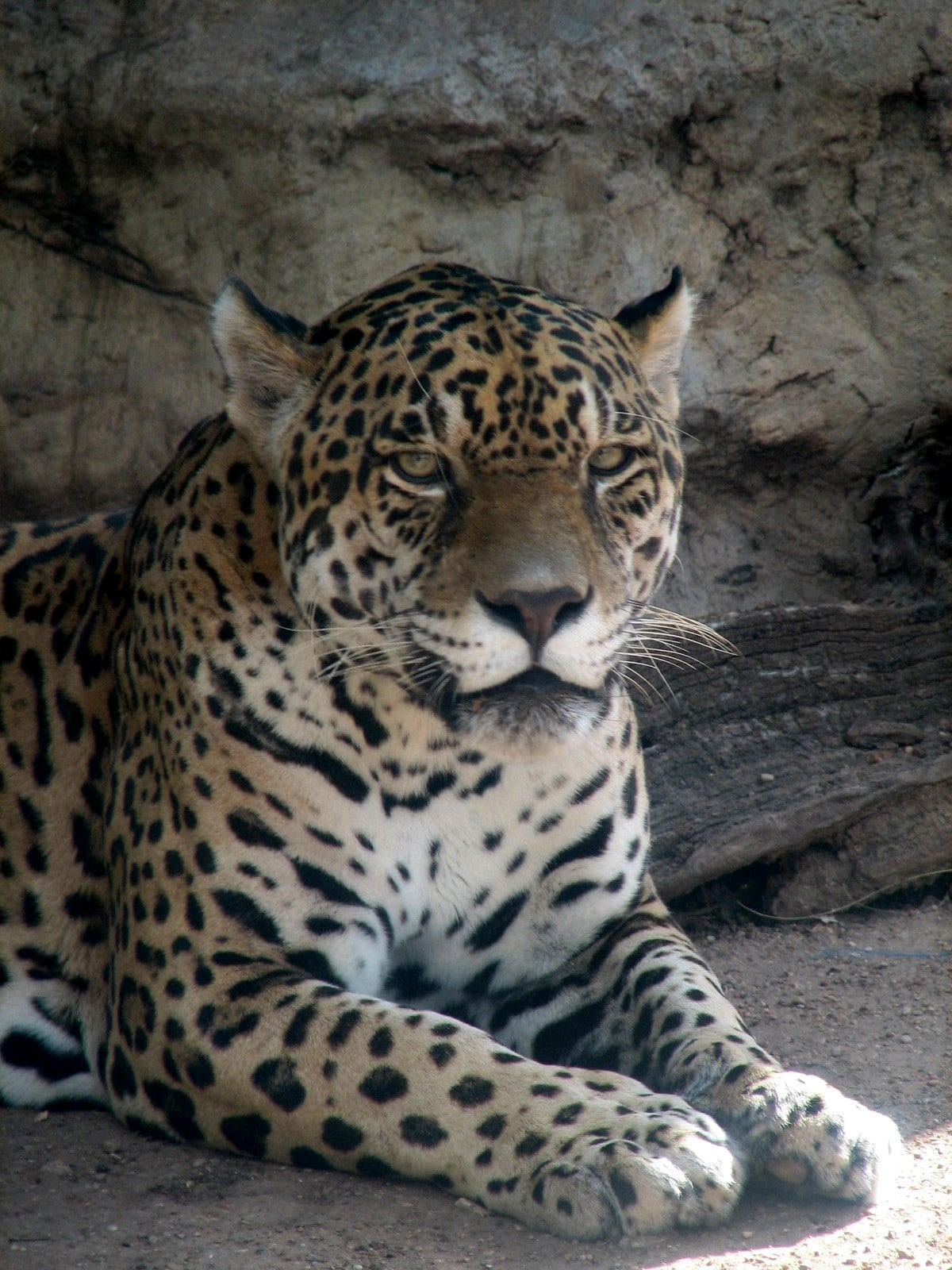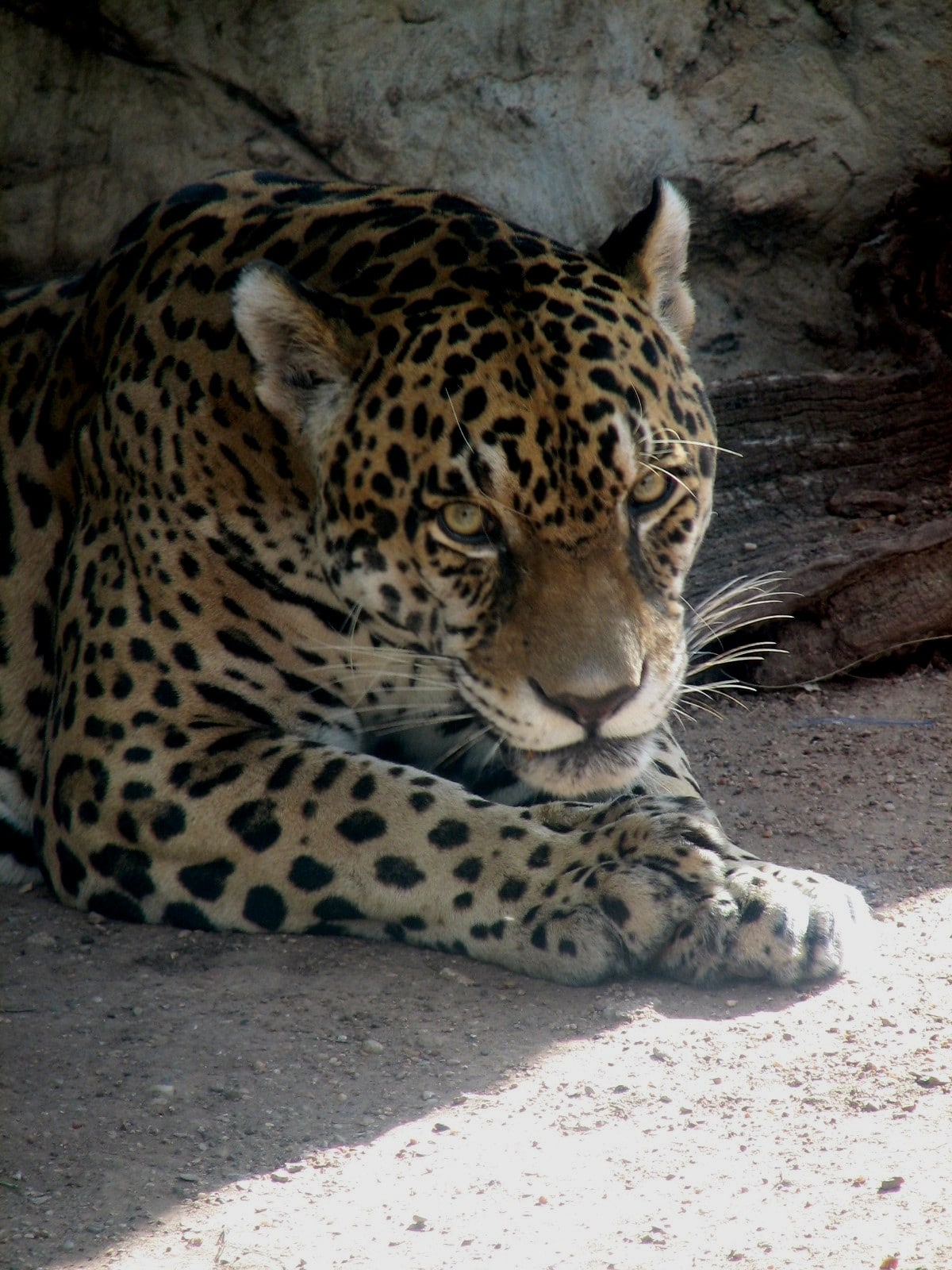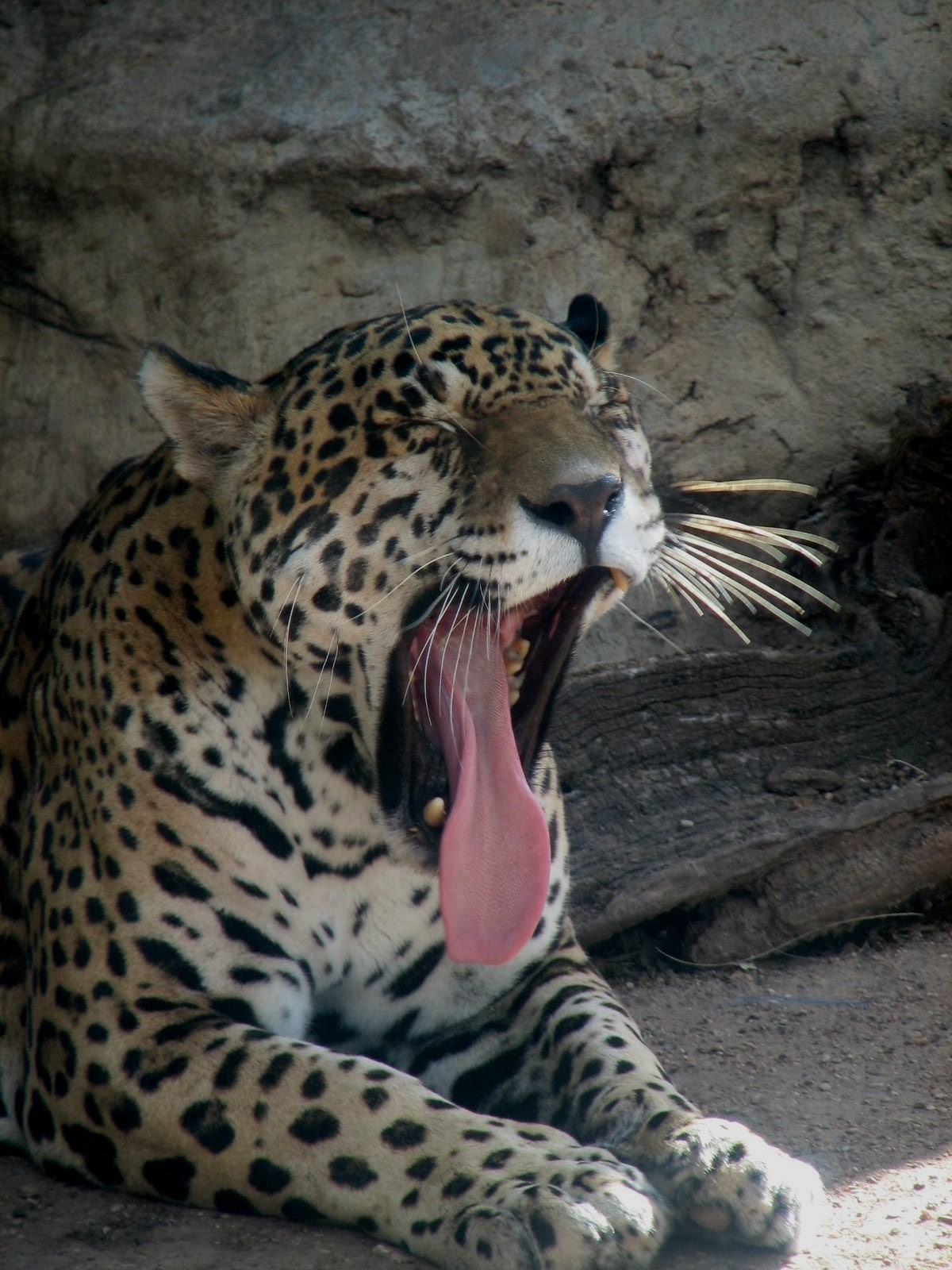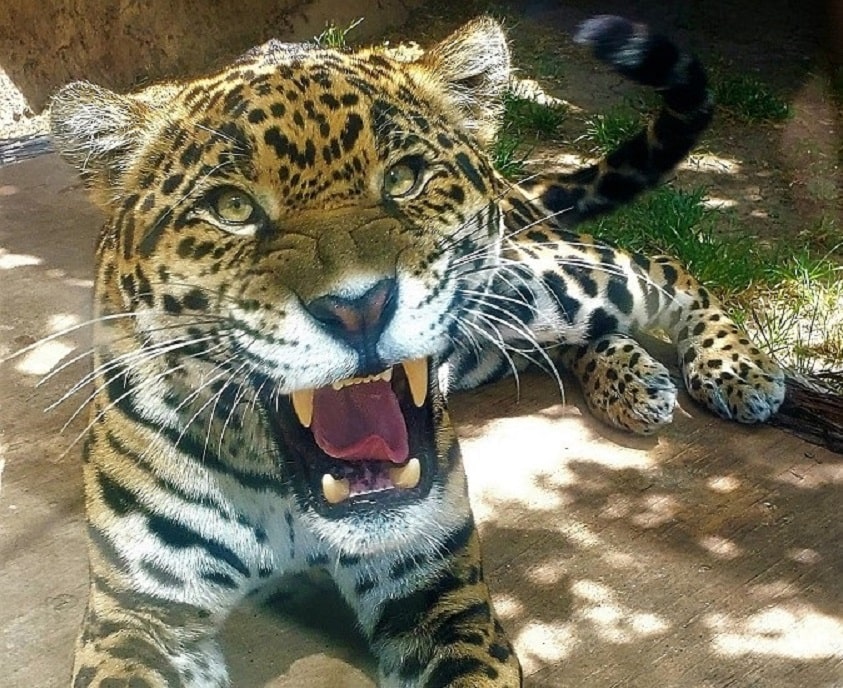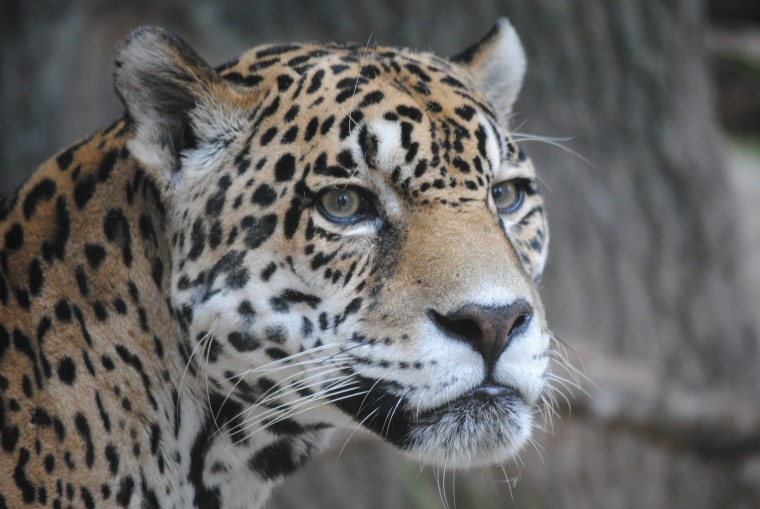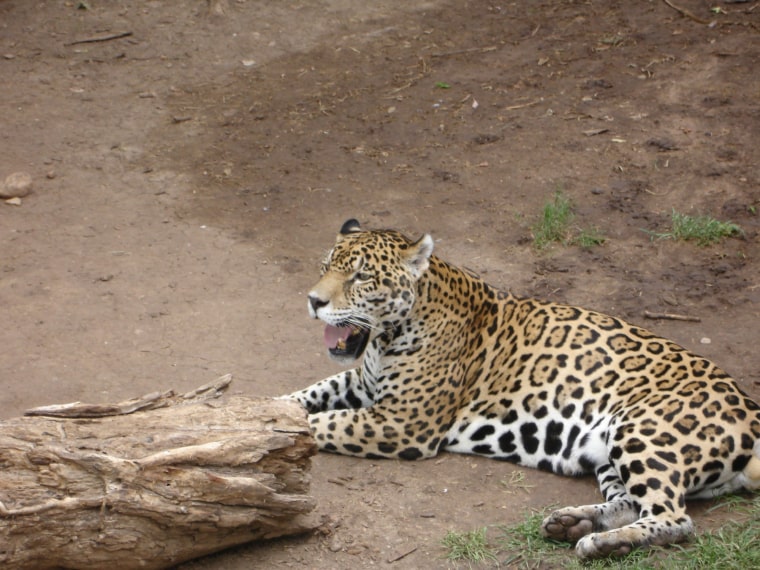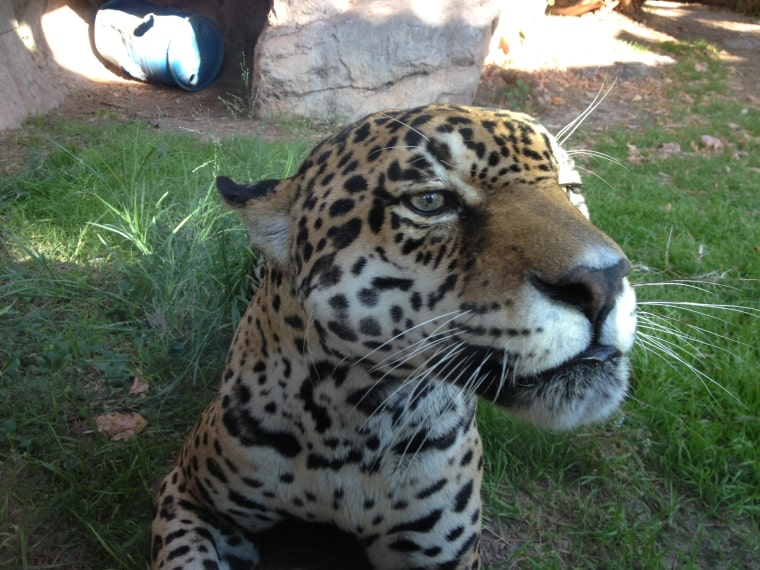Jaguar
What’s in the name jaguar? Jaguar is the name of one of the world’s most elusive and powerful cats, known scientifically as Panthera onca. A name of indigenous descent meaning, “he who kills with one leap”, pays homage to the jaguar’s phenomenal bite force that rips to shreds.
Today we seek out this beautiful beast from its hiding place and uncover its intrinsic characteristics, from diet to conservation status.
Diet
Jaguars are apex predators and solitary hunters that feed on a wide range of animals. They hunt with precision, aided by their keen, stalker eyes, incredibly powerful jaws and stellar jaguar paws that enable them to pierce the skulls of their prey in one swing.
While they can hunt during the day, nightfall is their optimal and most preferred time for pursuit. Jaguars ambush and conquer deers, peccaries, capybaras, and other smaller mammals. In dire instances, they unleash their inner swimmers and jumpers to make a feast out of reptiles, birds, and fish.
Jaguar vs Leopard Hunting Habits
While both jaguars and leopards are adept hunters, jaguars are known for their strength and ability to crush bones, whereas leopards rely more on stealth and agility to catch their prey.
Habitat
Jaguars thrive in various habitats, from tropical rainforests to savannas, and grasslands. They pride themselves on their legacy as the only big cats found in the Americas, and are commonly found in South America, particularly the Amazon Basin.
Their geographic range also extends to parts of Central America and Mexico. Interestingly, jaguars have also been spotted in the southwestern United States, particularly in Arizona. They’re a widely spread species with outstanding adaptability.
Size and Weight
The jaguar is the third biggest cat in the world. Adult jaguars are the exemplar of might, with males typically weighing between 100 to 260 pounds, while females range from 80 to 200 pounds. They can reach up to 6 feet in length, excluding their tail, which adds about 2 to 3 feet.
Migration
Jaguars are not migratory animals but they exhibit significant movement patterns within their expanses. Both males and females are highly territorial, often covering large distances to patrol and mark their range.
Male jaguars establish territories that are twice as large as female ones – they can span up to 50 square miles – oftentimes overlapping several female enclaves. They defend these territories fiercely, using urine, scent and vocalizations to communicate their presence and control to other jaguars.
Conservation Status
The jaguar is currently listed as Near Threatened on the IUCN Red List. They’re rivaled almost exclusively by anthropogenic factors such as poaching, and human-wildlife conflict. Deforestation, especially, has caused significant habitat fragmentation which has impacted jaguars’ access to their natural habitat, making it difficult for them to find prey and mates. Illegal hunting for their radiant skin and other body parts further exacerbates their decline.
Fast Facts
FAQ
Is a panther a jaguar?
No, a panther is not specifically a jaguar. The term “panther” refers to any big cat with a black coat. This can occur in both jaguars and leopards.
How fast can a jaguar run?
Jaguars can reach speeds of up to 50 miles per hour. This speed helps them in short bursts while hunting their prey in the dense forests and swamps they call home.
Is a leopard a jaguar?
No, a leopard is not a jaguar. Leopards live in Africa and Asia, and jaguars live in the Americas. Jaguars are chunkier with bigger, more intricate rosettes and a center spot, while leopards are more arboreal.
